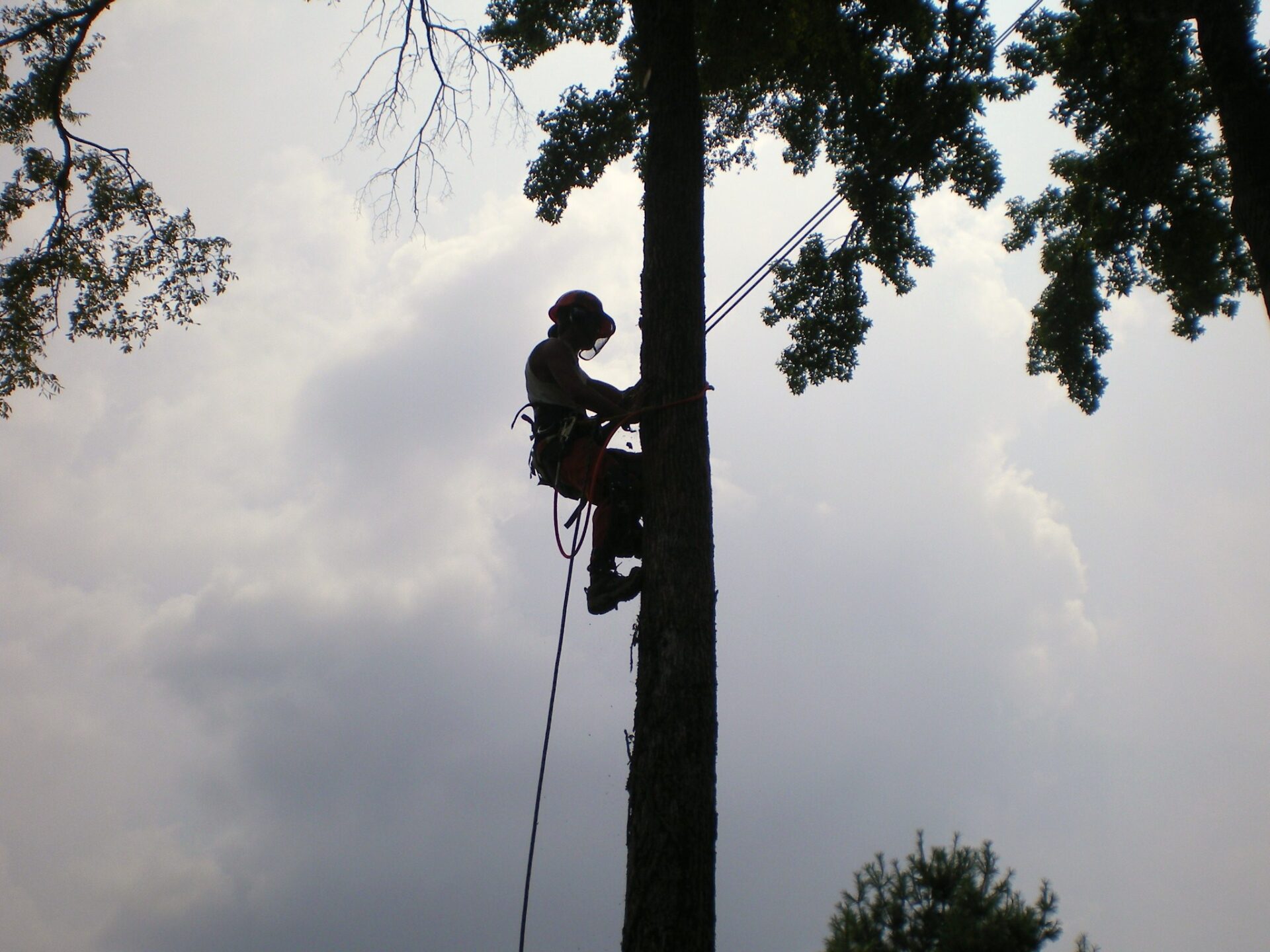
A homeowner had noticed that some of the trees on his
property were beginning to obstruct his view and hired an arborist to trim them
down. The arborist deftly scampered up the trees, displaying great skill, and expertly
topped them to preserve the homeowner’s view.
A neighbor of the homeowner observed the work and walked
over to watch the process more closely as the arborist began to tackle some of
the tallest trees on the property. The arborist was working on one particularly
large tree, and as he neared the top, the trunk began to flex, and the tree
swayed dangerously. Every so delicately, the arborist continued to maneuver his
way around the upper reaches of the branches and finished topping the tree
before carefully descending. As he neared the base of the tree, the arborist
quickened his pace as both the trunk and branches felt more secure. When the
arborist was just over ten feet off the ground, the homeowner shouted to the
arborist, “Be careful up there!” The arborist paused and smiled, then continued
his way down the tree.
This procedure was repeated on several more trees, and every
single time, the homeowner would wait until the arborist was just a few feet
off the ground before he shouted his reminder for caution. And every time, the
arborist would pause and smile at the homeowner.
Confused, the neighbor asked the homeowner, “Why do you wait
until your arborist has climbed nearly to the bottom of the tree before warning
him to be careful? At that height, he could almost jump out of the tree!” The
homeowner responded, “When he is near the top of the tree and it begins to sway
with his weight, and the thin branches begin to break, the tree itself reminds
him of the danger. No doubt the arborist is quite aware of the risk. However,
when the sense of risk diminishes and he begins to see safety nearing, that is
when mistakes can happen if he lets down his guard prematurely.”
Errors are often made because our sense of risk diminishes,
even though we are not yet “out of the tree.” We can become complacent and
overlook the danger that still remains. That is when we get hurt.
Comments
Post a Comment